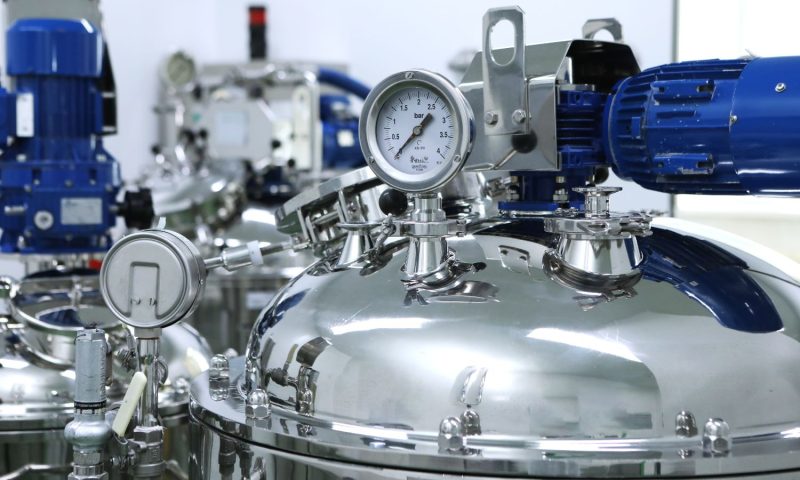High-purity gases are essential for many medical practices. If you’re curious as to how they get processed, we’re here to cover each step with you in detail.
In the world of healthcare, precision and purity are paramount. Medical gases like oxygen, nitrous oxide, and nitrogen play a crucial role in patient care, aiding everything from anesthesia to respiratory therapy. While there’s a lot to know about how medical liquid oxygen works, we’re here to focus on the process of how these medical gases are produced with such high purity. This step-by-step guide will walk you through the entire thing so you can see what goes behind the scenes.
Sourcing Raw Materials
The first step in producing high-purity medical gases is sourcing raw materials. This involves obtaining the base gases from natural sources or industrial processes. For instance, oxygen is typically extracted from the air, while you might derive nitrous oxide from chemical reactions. The quality of these raw materials is critical as they set the foundation for the purity levels needed in the final product.
Purification Process
Once the raw materials are collected, the next step is purification. This ensures that you remove any impurities present in the gases. The purification might include methods such as filtration, adsorption, or distillation, depending on the type of gas you’re processing. No matter the process, ensuring the gas is free from contaminants is essential for its safe use in medical settings.
Compression and Storage
After purification, you’ll need to compress the gases and store them properly. Compression increases the pressure of the gas, allowing you to store it in a more compact form. This is particularly important for medical facilities where space can be a premium. The compressed gases are then transferred to high-pressure cylinders or specialized storage tanks designed to maintain their purity over time.
Quality Assurance Testing
Before the gases are ready for distribution, you must conduct rigorous quality assurance testing. This is a critical step where samples of the gases get tested to verify that they meet the stringent purity standards required for medical use. Any deviation from these standards could compromise patient safety, so meticulous attention to detail is necessary during this stage.
Filling and Packaging
With the gases approved for use, they are now ready to be filled into appropriate containers. This involves filling cylinders or tanks with measured amounts of gas, ensuring that the right volumes and pressures are maintained. Proper labeling and packaging are also crucial here, as they provide important information about the gas type, concentration, and safety instructions.
Delivery to Medical Facilities
The final step in the process of producing high-purity medical gases is delivering them to hospitals, clinics, and other medical facilities. Logistics play a key role here, as timely and secure delivery is vital for maintaining the integrity and availability of the gases. Partnerships with reliable distribution networks ensure that medical professionals have the gases they need when they need them.
